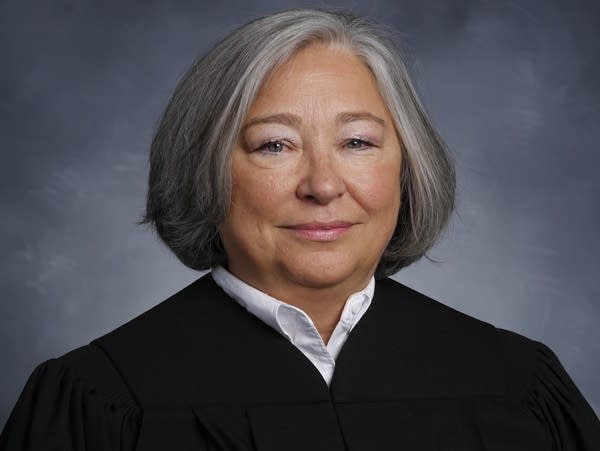Graphic evidence in Ruszczyk shooting will be shielded from the public

Go Deeper.
Create an account or log in to save stories.
Like this?
Thanks for liking this story! We have added it to a list of your favorite stories.
The public and the media will not be allowed to view graphic evidence presented to the jury at the murder trial of former Minneapolis police officer Mohamed Noor.
Citing strong media interest in the case, Hennepin County District Judge Kathryn Quaintance said she needed to protect the privacy of the victim, Justine Ruszczyk. Body camera footage of the shooting's aftermath or any photos in the medical examiner report will only be shown to the jury, Quaintance ruled at a pretrial hearing Friday.
Noor is charged with second-degree murder, third-degree murder and second-degree manslaughter in the shooting and killing of Ruszczyk in July 2017 after she called 911 because she thought she heard a woman being assaulted in the alley behind her home.
Prosecutors say Noor shot Ruszczyk, who was also known as Justine Damond, through the open driver's side window as he sat in the passenger seat of the police vehicle. His trial begins Monday in Minneapolis.
Turn Up Your Support
MPR News helps you turn down the noise and build shared understanding. Turn up your support for this public resource and keep trusted journalism accessible to all.

Earlier this month, Quaintance ruled that Noor's initial psychological test for the force — and his decision not to cooperate with investigators — will not be allowed as evidence against him. However, the judge said she might reconsider should Noor testify during the trial.
On Friday, Quaintance ruled that Noor's termination by the Minneapolis Police Department could not be mentioned at trial, although she told attorneys it's appropriate to refer to him as a "former officer."
Quaintance also decided not to allow as evidence the Minneapolis Police Department's body camera policies at the time of the shooting, but said attorneys can press officers for why they turned body cameras on and off in the shooting's aftermath.
Quaintance has set rules for the trial that restrict the use of electronic devices on the 19th floor of the government center. Members of the public attending the trial are asked to check their devices at a security checkpoint before entering the courtroom. She's also limited the number of seats reserved to local and national journalists to eight total.
The judge also decided Friday that jurors' names, addresses and other identifying information will not be public during the trial. Instead, jurors will be referred to by numbers. She also said a sketch artist in the courtroom should not draw the jurors' faces.
Quaintance said her order was not due to any threats, but because there's been international media attention to the case and numerous protests. Jurors, she said, needed to be protected from publicity and potential harassment.
This is only the second time a Minnesota police officer has faced charges related to an on-duty shooting. About a month before Ruszczyk was killed, Jeronimo Yanez, the St. Anthony police officer who fatally shot Philando Castile during a traffic stop, was found not guilty of manslaughter.
Around the country, few police officers face trial for shooting deaths. If a jury finds Noor guilty, he would be the first officer in Minnesota to be convicted in a police shooting.



